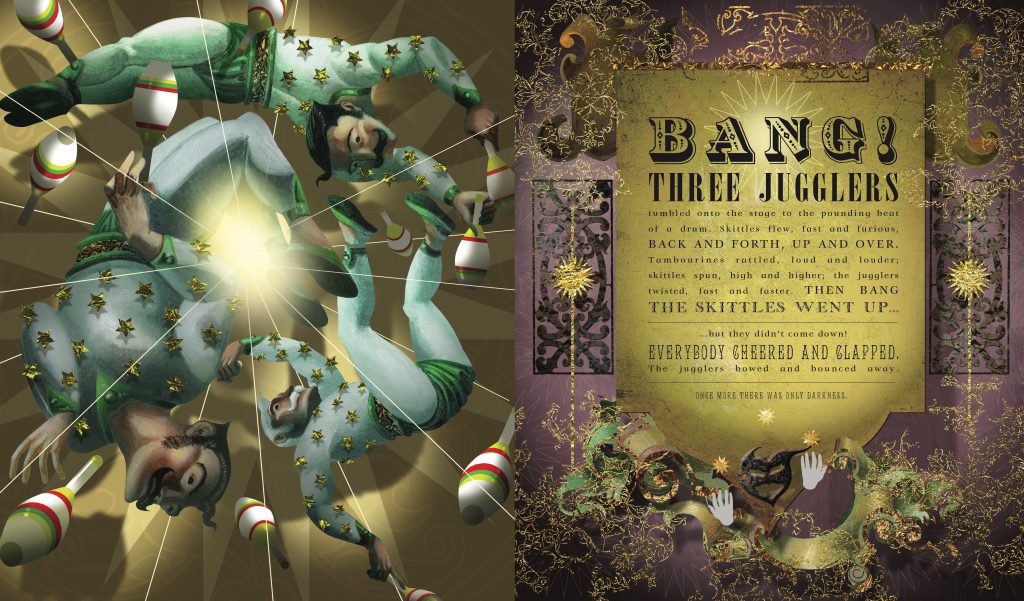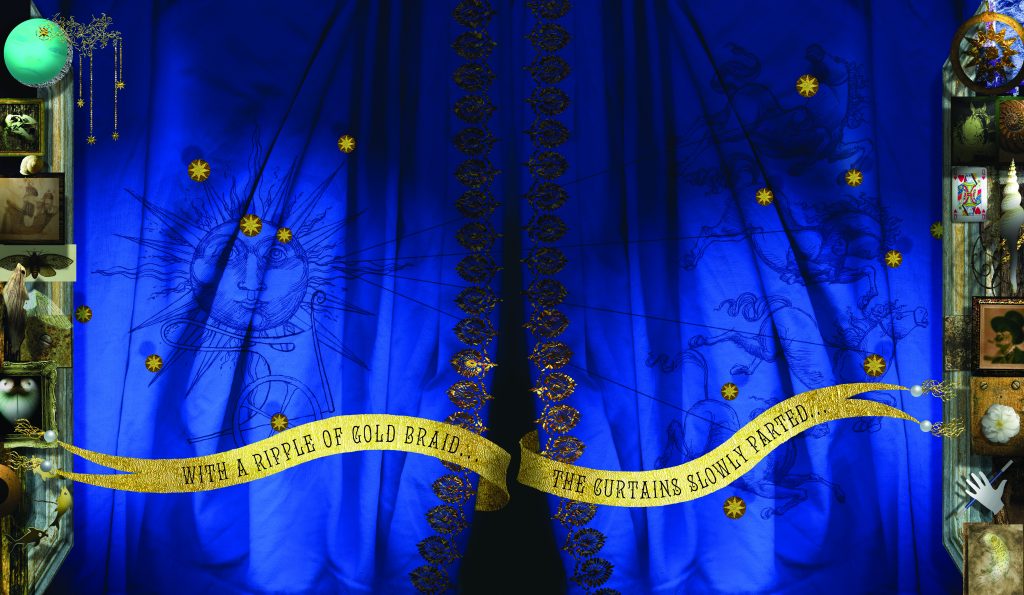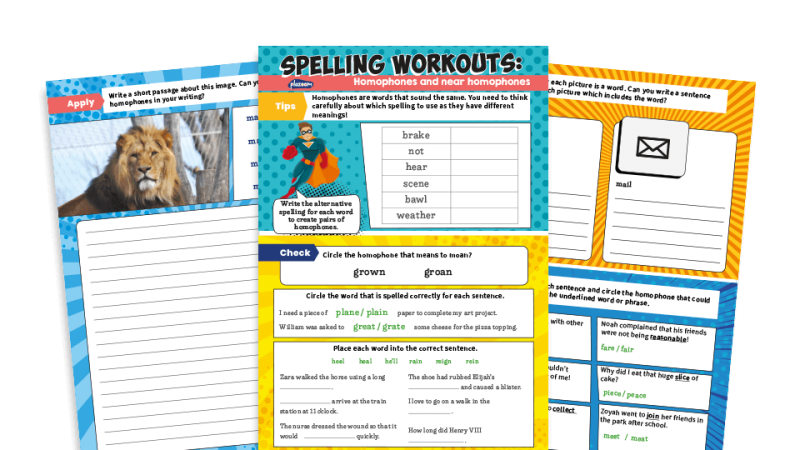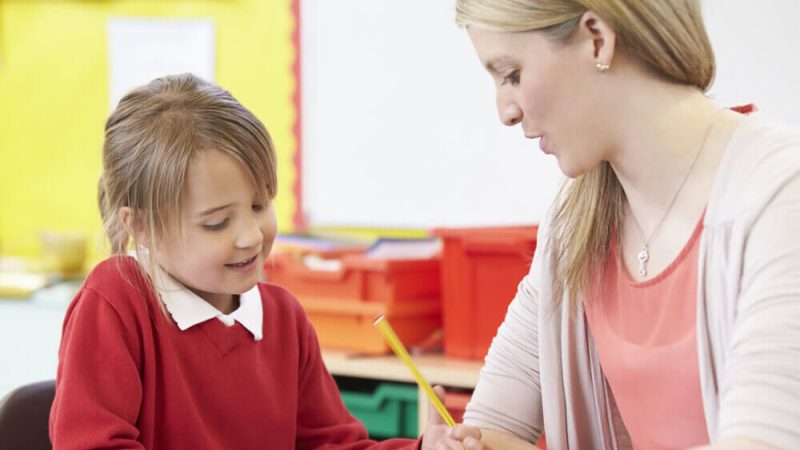How to use excellent books to teach the KS2 grammar curriculum

In order for children to understand how they can use grammar to shape a reader’s view, it must be studied in context…

- by Laura Dobson

There are two approaches when learning about grammar: prescriptive and descriptive.
The first of these follows a set of rules for language use and choices are either right or wrong. Prescriptive grammar could be taught through worksheets and tested through multiple-choice answers.
Descriptive grammar is the study of how a language is actually used in order to make sense of it.
The English language is continually changing and while there are some hard and fast rules relating to grammar, much of the structure of our language can be manipulated and experimented with to create certain effects.
A prime example of this came with the 2016 interim framework for KS1.
A child working at the expected standard had to use sentences with different forms in their writing, including an exclamation sentence – introduced with a ‘what’ or ‘how’ phrase and followed by subject + verb + any other elements.
When Y2 teachers started to explore this concept with their classes, they realised that some of the best examples – ‘What a beautiful day!’ from Michael Rosen’s We’re Going on a Bear Hunt, for example – were not technically sentences as there was no verb: a prerequisite of a sentence.
If we teach grammar as right or wrong, then Rosen is grammatically inaccurate and therefore wrong. How ludicrous!
When a zoologist wants to learn more about an animal, they study them in their natural habitat and make conclusions about their behaviour, drawing on what they already know and what they witness. This is far more fascinating than just reading about the animal in a book.
For our budding writers we must treat grammar in just the same way: with interest and an element of exploration.
In order for children to understand why different structures are chosen by authors, and how, as a writer, they can use grammar to shape a reader’s view, it must be studied in context.
A pupil could complete ten worksheets on semicolons but, without seeing them in action and considering the effect they can create, how will the child really know how best to use them?
Here are three examples of how excellent books can be used to teach grammar from the KS2 curriculum.
When using great texts to teach grammar, start by asking yourself how the extract makes you feel, followed by how the author makes you feel like that.
Most importantly, remember that grammar is so much more than a set of rules.
Grammar and punctuation, like vocabulary and ideas, are tools to help writers create effects to suit different purposes and audiences.
Leon and the Place Between by Angela McAllister
Leon visits the circus and when he is chosen to be in Abdul Kazam’s magic show, he discovers what lies hidden in the place between.


Concentrate on the above two spreads. How do they make the children feel?
They may feel excited – like something is about to happen.
The reader holds their breath then the ‘bang’ makes them jump. Suddenly it is busy – so much is happening. At the end you’re holding your breath again.
The author achieves this by her use of ellipses (Y6 objective) to build suspense in her writing.
Stretching one sentence across a two-page spread builds anticipation. The sentence structure creates a busy rhythm.
There are lots of adverbials but not the usual words that end in ‘-ly’ (Y3+ objective; using ‘-er’ to turn adjectives into adverbs is in the Y2 curriculum).
The author also describes noise and movement and utilises some alliteration.
The grammatical devices and structures detailed above can all be explored through this book.
With a Y3 class discuss why McAllister has chosen to list adverbials (‘back and forth’, ‘up and over’) and explore what happens if those adverbials are taken out or changed for adverbs ending in ‘-ly’.
Create your own busy scenes in the style of McAllister, using similar grammatical devices and structures.
Also consider other ways to create hustle and bustle and discuss why McAllister may have decided not to use these devices or structures.
Sky Song by Abi Elphinstone
In the snowy kingdom of Erkenwald, Eska has been trapped by the evil Ice Queen.
When she breaks free, with the help of Flint, Blu, Pebble and Balapan, she must quest to find the sky song and remove the Ice Queen from power before it is too late for Erkenwald.
Look at pages 168-169 for this activity. How does it make your readers feel? It’s full of suspense so they may say that they feel excited and want to read on.
Hopefully they will be interested in what the characters have to say.
Elphinstone is writing to engage by using interesting sentence structures. She reveals things carefully to the reader and integrates dialogue and action.
This book models most of the KS2 grammar curriculum. Ask an UKS2 class to summarise what happens across these two pages in just three sentences.
Study some less well-written dialogue, which does not move a story forward, and discuss how you feel reading it (bored!).
Consider why we don’t feel bored reading Elphinstone’s dialogue and annotate why it maintains the reader’s interest.
After a discussion around this, the children can include dialogue in their next story, using the ideas gained from discussing Elphinstone’s writing.
Secrets of a Sun King by Emma Carroll
This story is set in 1922. Lilian Kaye finds an Egyptian jar on her grandfather’s doorstep which she believes is cursed.
The more she finds out about the jar, the more she realises that her and her friends must take an incredible journey to return the jar to its rightful resting place.
First read pages 16-17, shortly after Lilian finds the package. How does it make your class feel?
We can hear Lil’s voice coming through and are interested and intrigued about what the next sentence will say.
The author has used clever sentence structures and a wide range of punctuation to add variety and create the complexities that come from a character’s train of thought.
Similar to Sky Song, you can use this book to teach most elements of the KS2 grammar curriculum.
Something that really stands out in Carroll’s writing is the excellent range of punctuation she utilises to add variety and construct sentences.
UKS2 pupils can explore the use of punctuation in this extract, consider why it is being used and how else Carroll could have constructed her sentences.
Use these sentences as examples to create definitions regarding how punctuation should be used.
Discuss why Carroll has made the decision to construct her sentences like this and not in another way, always referring to the effect she is trying to create.
Next, have a go at writing in the first person as a character, creating a complex train of thought which is mirrored through sentence structure and punctuation choice.
Laura Dobson worked for many years as a teaching and learning adviser for a large company and local authority. She now runs Inspire Primary English, providing consultancy and training in all areas of English.










